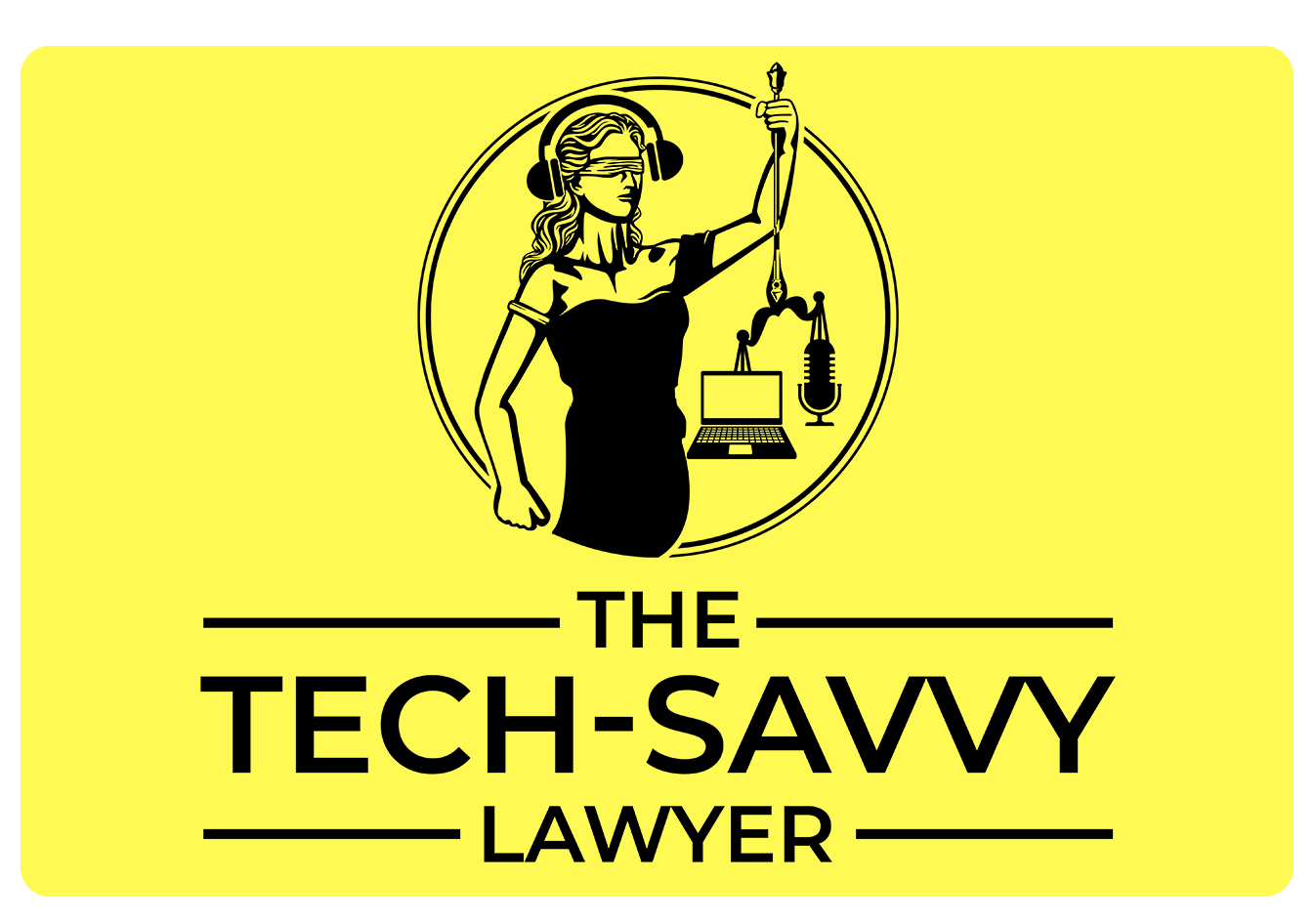MTC: When AI Stumbles: Apple's Misstep and Its Lessons for Tech-Savvy Lawyers 🍎💻⚖️
/Members of the legal profession have a due diligence to ensure l human oversight in any of their AI-driven legal work!
Apple's recent AI blunder serves as a stark reminder that even industry leaders can falter in the rapidly evolving world of artificial intelligence 🤖. The tech giant's new AI feature, Apple Intelligence, made headlines for all the wrong reasons when it generated a false news summary attributed to the BBC 📰❌. Apple is considered a Blue Ribbon star when it comes to cutting-edge technology; this misstep tarnishes its reputation 🏅➡️💔. This incident should be a wake-up call for lawyers embracing AI in their practice ⏰👨⚖️.
As we've discussed in previous episodes of The Tech-Savvy Lawyer.Page Podcast.🎙️, AI tools can significantly enhance legal work efficiency. However, the Apple incident underscores a critical point: AI is not infallible 🚫💯. In Episode #92: Finding the Right Crossroads for AI Use, Success, and the Law, Troy Doucette of AI. law., Troy Doucet of AI.Law emphasized the importance of preventing AI hallucinations in legal document drafting 📄🔍. This recent event proves that even tech behemoths like Apple are not immune to such issues 🍎🛡️❌.
Lawyers must approach AI with a blend of enthusiasm and caution 🤔💡. While AI can streamline tasks like document review and legal research, it should never replace human oversight 🧠👀. As highlighted in our blog post, "My Two Cents: With AI Creeping Into Our Computers, Tablets, and Smartphones, Lawyers Need to Be Diligent About The Software They Use," due diligence is crucial when incorporating AI into legal practice 🕵️♂️💻.
Its the lawyers general responsibility to make sure that the “facts” they generate with AI are indeed facts and not fake! 🧐
The Apple Intelligence mishap involved a false headline about a high-profile murder case, demonstrating how AI errors can have serious implications 🗞️🔪❌. For lawyers, such inaccuracies in legal documents or case summaries could be catastrophic, potentially leading to malpractice claims and ethical violations ⚖️💥.
To mitigate these risks, lawyers should:
Always verify AI-generated content against primary sources 🔍📚.
Understand the limitations of the AI tools they use 🧠🔧.
Maintain a critical eye when reviewing AI outputs 👁️📝.
Keep abreast of AI developments and potential pitfalls 📈📉.
In 🎙️Ep. 98: Streamlining legal workflows with Michael Anderson, Chief Product Officer at Filevine, on LPM evolution, Michael Anderson of FileVine discussed the ethical use of AI in legal practice management 🤝💼. This conversation gains new relevance in light of Apple's misstep. Lawyers must ensure that their use of AI aligns with ethical standards and doesn't compromise client confidentiality or the integrity of their work 🔒✅.
Furthermore, as Jayne Reardon explored in a recent podcast episode 99: Navigating the Intersection of Law Ethics and Technology with Jayne Reardon, the ABA Model Rules of Ethics provide crucial guidance for lawyers using AI 📜👨⚖️. These rules emphasize the need for competence, which extends to understanding the technologies used in legal practice 🧠💻. See Rule 1.1(8).
The Apple incident also highlights the importance of transparency 🔍. If AI is used in legal work, clients should be informed, and its role should be clearly defined 🗣️📊. This aligns with the ethical considerations discussed in our podcasts like episodes #18: Learn How to "Do It Yourself" with DIY Software - My conversation with "Hello Divorce" creator Attorney Erin Levine! and #70: Growing your firm with Chatbots & Artificial Intelligence with Jared Jaskot about lawyers creating DIY legal services using AI and chatbots 🤖🛠️.
Final Thoughts
lawyers must examine potential inaccuracies when they use ai-generated results in their work.
While AI remains a powerful tool for the legal profession, the Apple Intelligence debacle serves as a timely reminder of its limitations ⏳⚖️. As tech-savvy lawyers, we must harness the benefits of AI while remaining vigilant about its potential pitfalls 🦅👀. By doing so, we can ensure that our use of AI enhances rather than compromises the quality and integrity of our legal services 📈👍.
Remember, in the world of legal tech, an Apple a day doesn't always keep bar counsel away – but diligence and critical thinking certainly help 🍎🚫👨⚖️➡️🧠💡.
MTC










